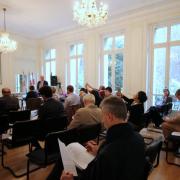
- The size of the global area under vines remained at 7.5 mha in 2016, with China's vineyard surface area continuing to increase (+17 kha), confirming its place as the country with the 2nd biggest vineyard surface area.
- World wine production declined by 3% compared with the previous year, falling to 267 mhl in 2016.
- Wine consumption stood at 242 mhl in 2016, having stabilised after the 2008 economic crisis.
- The world wine trade: a slight reduction in volume (104 mhl, -1.2%) but increase in value (29 bn EUR, +2%).
Global State of Conditions Report
PPT Presentation [FR]
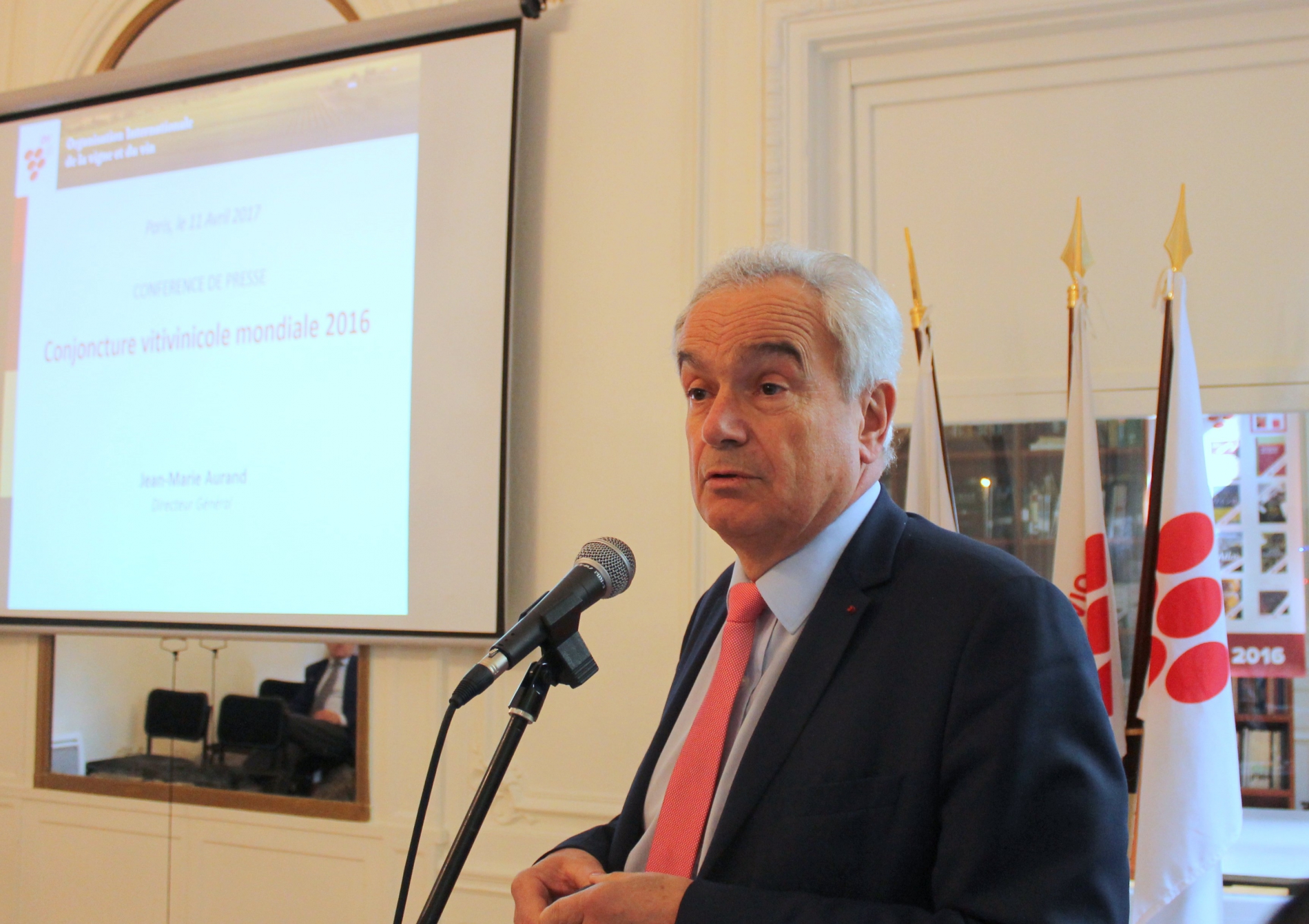

It is the sixth edition of this global standard developed and adopted in 1983 by the World Customs Organization (WCO), used by over 200 countries and economic and customs unions for the purposes of classifying goods traded around the globe.
The 2017 version of the HS Nomenclature comprises 5387 subheadings composed of 6 figure-codes (compared with 5205 in the 2012 version). The HS is used by countries to draw up national customs tariffs and establish international trade statistics.
In total, the 2017 version of the HS Nomenclature includes 233 sets of amendments; 85 of these are related to the agricultural sector, including the proposal the OIV made to the WCO in 2013.
Heading 22.04 only comprised two subheadings: 2204.21, which identified wine in containers of 2 litres or less, and 2204.29, which identified wine in containers of more than 2 litres – the latter being generally defined as bulk wine. With the new 2204.22 subheading, "wine in containers holding more than 2 l but not more than 10 l" will no longer be considered as bulk, yet as a packaged product.
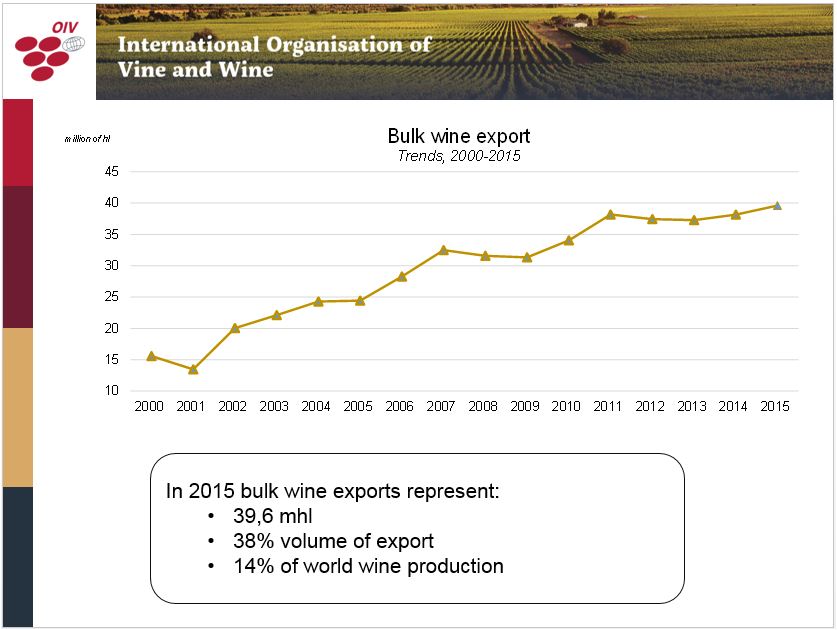
For Jean-Marie Aurand, Director General of the OIV, "this new world Nomenclature of reference proposed by the OIV improves transparency and clarity in the collection of statistical data on the sector and will make it possible to communicate more precise figures at the global level on this product type".
Bulk wine exports are showing considerable growth and in 2015 reached 39.6 million hectolitres, equivalent to 38% of the total trade volume. (Statistics based on the 2012 Nomenclature relating to wines in containers holding more than 2 litres.)
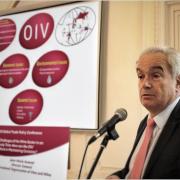
On 10 April in Brussels, the Director General of the OIV participated in the Conference of the International Federation of Wines and Spirits (FIVS).
The annual meeting was dedicated this year to major issues for the vitivinicultural sector, within an uncertain and ever-evolving international context.
A number of workshops provided opportunities to address various current topics: environmental issues, consumer behaviour and expectations, and the environmental and social responsibility of companies.
Jean-Marie Aurand, as part of the introduction to the conference, gave a presentation of the major trends observed in the vitivinicultural sector at a global level and underlined the main challenges for the future in economic, societal and environmental terms. He also highlighted the role of the OIV in accompanying the vitivinicultural sector through these substantial changes.

The Director General of the OIV also praised the quality of the relationship between the two organisations, emphasising the involvement of industry representatives in the work of the OIV and their consistently constructive contribution to collective expertise thanks to FIVS' status as an observer.
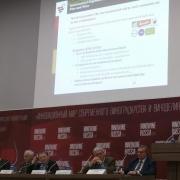
Monika Christmann presented the OIV, its objectives, its role and statistical data on the current state of the global viticultural market.
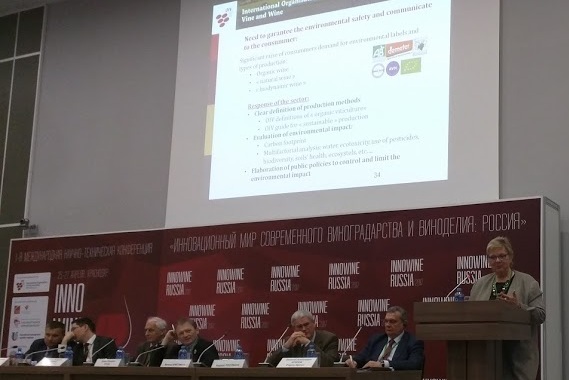
A meeting of the OIV Russian National Liaison Committee, which was open to the public, was also held as part of this conference. This meeting generated tremendous interest from participants and players in the field. During the meeting, Tatiana Svinartchuk presented the Organisation's operating procedures as well as the main regulatory documents discussed and developed by the OIV.
Issues of international cooperation in the development and application of standards of production and commercialisation of wine and other international vitivinicultural products were presented and discussed. More specifically, emphasis was placed upon the importance of the application of international standards in national regulations; this is in order to avoid potential problems of compliance for local producers and also commercial concerns with regard to importers and exporters.
The training of specialists in oenology and viticulture was seen as a key point. The President of the OIV highlighted the importance of international student exchange programmes.
Following the conference, visits to Russian vineyards (Abrau-Durso, Vedernikov, Usadba Divnomorskoye, Elbuzd, Lefkadiya) were organised for the OIV representatives and conference participants. The very high technical level and excellent quality of the wines were praised by the OIV President.
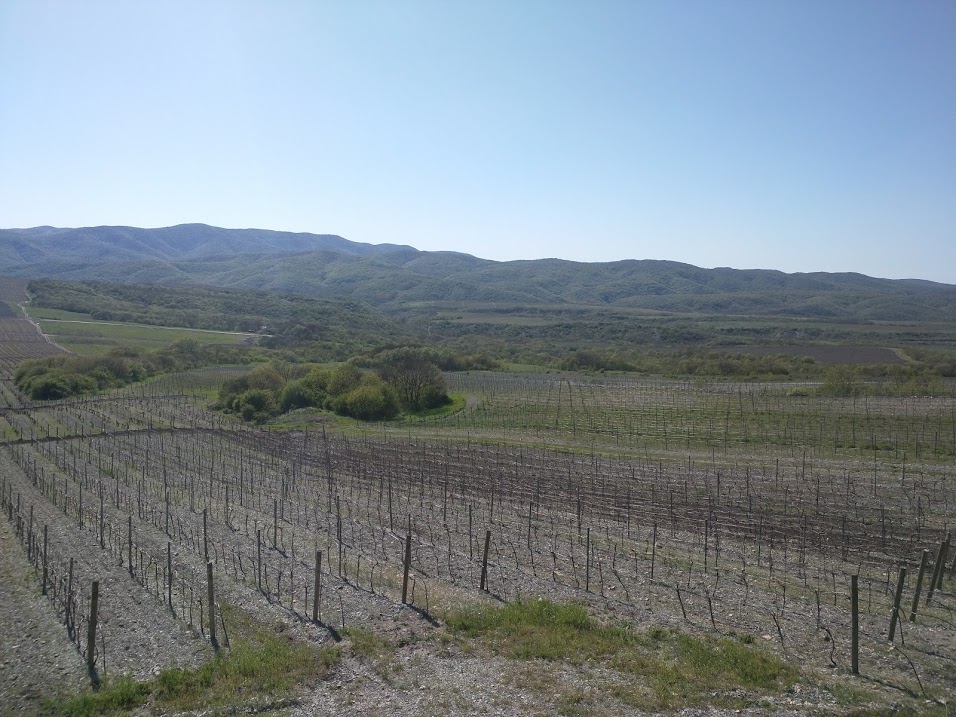
This visit should also make it possible to foster the participation of the Russian delegation in the work of the OIV.
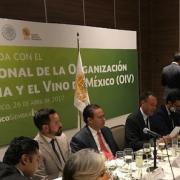
Remarkably well organised by the Director General of the Council, Gabriel Padilla Maya, this trip allowed Jean-Marie Aurand to present the OIV and its missions to the professional leaders of the Mexican wine sector, a few months after Mexico joined the Organisation and to visit the country's main wine-producing regions: Sonora, Parras, Coahuila, Querétaro, Baja California, Valle de Guadalupe and Valle de Santo Tomás.
During a meeting where a bill to determine the general framework of State intervention to support the wine sector was presented to the Senate in order to develop the national wine industry, and in the presence of representatives of governors and the CMV, the Director General of the OIV stressed the importance of such an initiative that will, as in the case of many other countries, facilitate the growth of Mexican wine production.
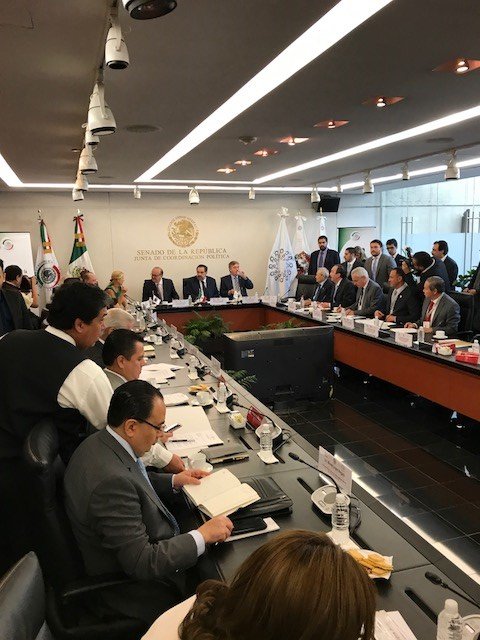
Before the representatives of producers of table and dried grapes, Jean-Marie Aurand presented the latest study of the OIV, carried out jointly with the FAO, on the global landscape of table grapes and raisins, highlighting the opportunities for Mexican producers.
With a production of 260,000 tonnes of table grapes per year, an increase of 25% since the year 2000 with more than 60% exported, Mexico is becoming a significant player on the world market. Its production is well rewarded as it arrives on the European market out of season (May to July).
As for dried grapes, since 2000, production has increased by 225% to reach 14,000 tonnes in 2015.
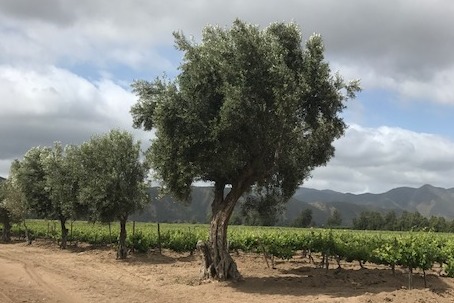
Driven by strong domestic demand (an annual increase in consumption of 12% for the last 10 years), wine production has experienced remarkable growth. A large number of wine companies established in 11 Mexican states produce nearly 200,000 hectolitres of a wide variety of high-quality wine every year.
The development and modernisation of the sector is driven collectively by the CMV with the government's support.
During a visit to the Autonomous University of Baja California, which organises the Ensenada Tierra del Vino international wine competition, the promoters expressed their wish to request the patronage of the OIV for their next events.
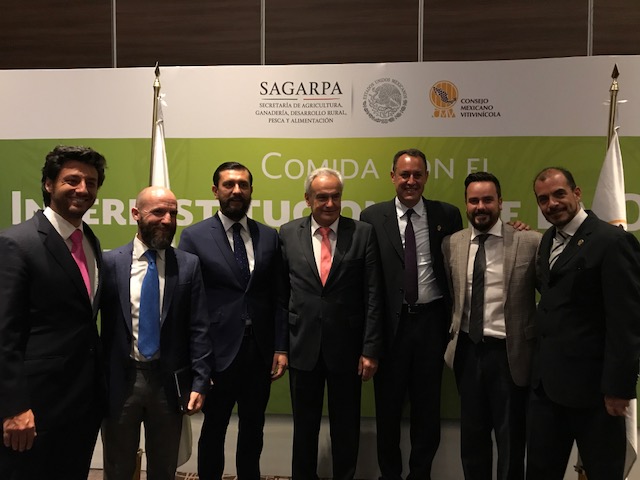
At a meeting chaired by the Undersecretary of Agriculture, Jorge Armando Narváez Narváez, also delegated to the OIV, Jean-Marie Aurand presented the main trends in the global wine market to senior figures in the wine sector as well as key issues for the future, highlighting the opportunities for Mexico. The Director General, like the Undersecretary of Agriculture, welcomed Mexico's accession to the OIV, a very important decision for the future of Mexican viticulture. He praised the active role of Mexican experts in the OIV's work, supported by the CMV and encouraged by the ministry by means of the recently-created Inter-institutional Wine Committee.
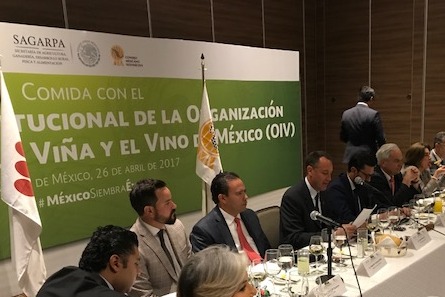
Lastly, the Undersecretary of Agriculture announced his country's intention to organise a presentation of Mexican wine at the OIV headquarters in the near future.